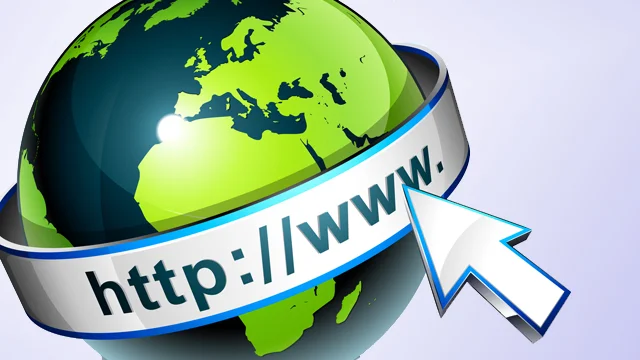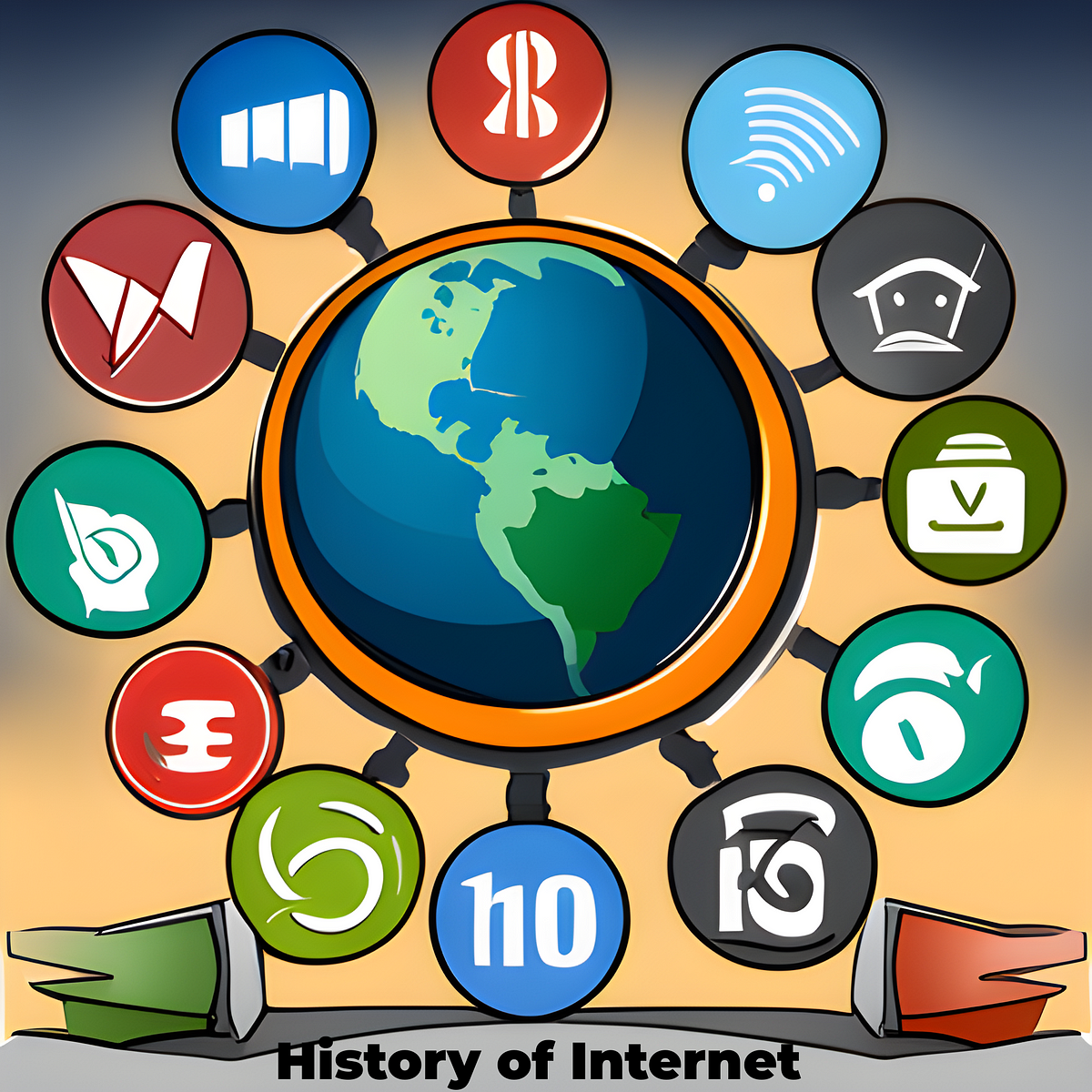The internet has become an integral part of our daily lives, but its origins and evolution are a fascinating journey through technological innovation and human ingenuity. From its humble beginnings as a government project to the global network we rely on today, the history of the internet is a story worth exploring.
The Early Days: ARPANET and the Birth of Connectivity
The internet’s roots can be traced back to the 1960s, during the Cold War. The United States Department of Defense sought to create a communication network that could withstand a nuclear attack. This led to the development of ARPANET (Advanced Research Projects Agency Network) in 1969. ARPANET was the first network to implement the TCP/IP protocol suite, which laid the groundwork for future internet communications.
ARPANET initially connected four universities: the University of California, Los Angeles (UCLA), Stanford Research Institute, the University of California, Santa Barbara, and the University of Utah. This network allowed researchers to share information and resources, marking the beginning of digital communication.

The Expansion and Evolution of Networks
In the 1970s and 1980s, ARPANET grew, connecting more institutions and paving the way for other networks. The National Science Foundation (NSF) played a crucial role by creating NSFNET in 1985, which connected supercomputer centers across the United States. NSFNET eventually replaced ARPANET as the backbone of the internet, leading to increased connectivity and accessibility.
During this time, several key developments occurred:
- Email: The introduction of email in the early 1970s revolutionized communication, allowing users to send messages across the network.
- TCP/IP Protocol: The standardization of TCP/IP in 1983 enabled different networks to interconnect, forming the foundation of the modern internet.
- Domain Name System (DNS): Implemented in 1984, DNS allowed users to access websites using easy-to-remember domain names instead of numeric IP addresses.

The World Wide Web: A New Era of Information
The internet as we know it today took shape in the early 1990s with the creation of the World Wide Web (WWW). British computer scientist Tim Berners-Lee developed the first web browser and web server while working at CERN, the European Organization for Nuclear Research. In 1991, he released the first website, which provided information about the WWW project.
The introduction of web browsers like Mosaic (1993) and Netscape Navigator (1994) made the internet more accessible to the general public. These browsers allowed users to navigate the web using hyperlinks and graphical interfaces, transforming the internet into a user-friendly platform.

The Dot-Com Boom and Beyond
The mid to late 1990s saw an explosion of internet usage and the rise of the dot-com era. Companies rushed to establish an online presence, leading to rapid technological advancements and the creation of iconic websites like Amazon, eBay, and Google.
However, the dot-com bubble burst in the early 2000s, leading to a market crash. Despite this setback, the internet continued to grow and evolve. Broadband connections became more widespread, social media platforms like Facebook and Twitter emerged, and smartphones brought the internet into the palms of our hands.

The Modern Internet: A Global Phenomenon
Today, the internet is a global phenomenon that connects billions of people. It has transformed how we communicate, work, shop, and entertain ourselves. The rise of cloud computing, artificial intelligence, and the Internet of Things (IoT) continues to push the boundaries of what the internet can achieve.
As we look to the future, the internet’s role in society will only expand. With ongoing advancements in technology, the possibilities are endless. From virtual reality to quantum computing, the next chapter in the history of the internet promises to be just as exciting as its past.

Conclusion
The history of the internet is a testament to human innovation and the desire to connect and share information. From its beginnings as a military project to the vast, interconnected network it is today, the internet has come a long way. As we continue to explore new frontiers in technology, the internet will remain at the heart of our digital age, shaping the way we live and interact with the world.














Leave a comment